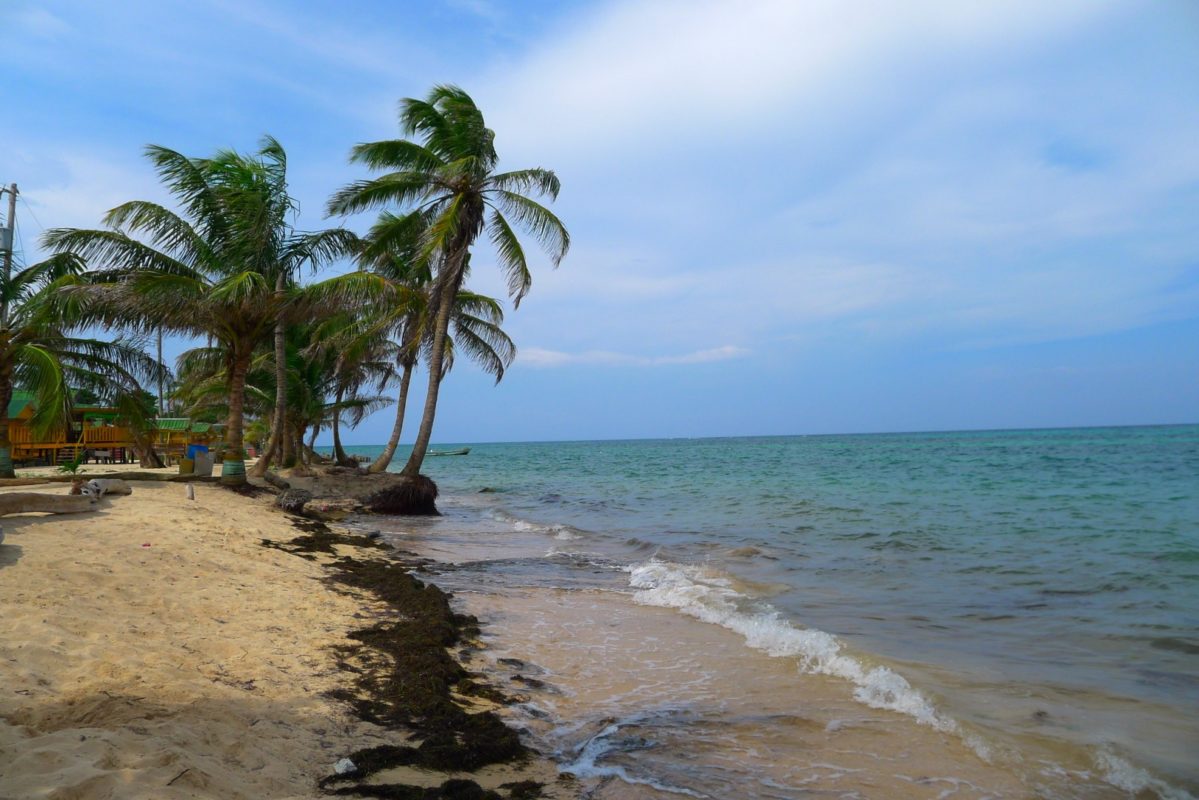
Soventix has been singled out by the Nicaraguan government as the potential developer of a major solar project, the latest in a series of PV moves by the Central American state.
In a statement this week, Energy minister Salvador Mansell Castrillo described meetings to hammer out a memorandum of understanding (MoU) with Soventix for a 100MW solar project.
Try Premium for just $1
- Full premium access for the first month at only $1
- Converts to an annual rate after 30 days unless cancelled
- Cancel anytime during the trial period
Premium Benefits
- Expert industry analysis and interviews
- Digital access to PV Tech Power journal
- Exclusive event discounts
Or get the full Premium subscription right away
Or continue reading this article for free
The scheme, planned in Nicaragua’s west, will use an existing substation – Malpaisillo – that was originally meant to service geothermal and hydro developments, Mansell Castrillo said.
“Now that the conditions are improving for solar PV, we’re already prepared to welcome that energy into the system,” the minister added.
As Mansell Castrillo noted, the utility-scale solar project is just the latest of a recent series in Nicaragua, a country branded a “paradise” for renewables by the World Bank.
According to the minister, the separate 100MW San Benito project contracted to Spanish investor EPR Solar is clearing various administrative stages, with plans to build a first 50MW batch.
The 170,000-panel complex, planned a 45-minute ride northeast from capital Managua, will be linked to a substation that is to be expanded to accommodate the PV capacity.
The utility-scale duo will, if delivered with the currently planned size, significantly outsize Nicaragua’s existing PV plants including 2.5MW Corn Island and 12MW Puerto Sandino.
The government is also working to bolster the small-scale, domestic solar segment servicing Nicaragua’s remote coastal and island regions.
As an example, minister Mansell Castrillo noted plans to install 74.25kW of PV alongside a diesel generator on the Rama Cay island, to power 138 households from the fishing community.






